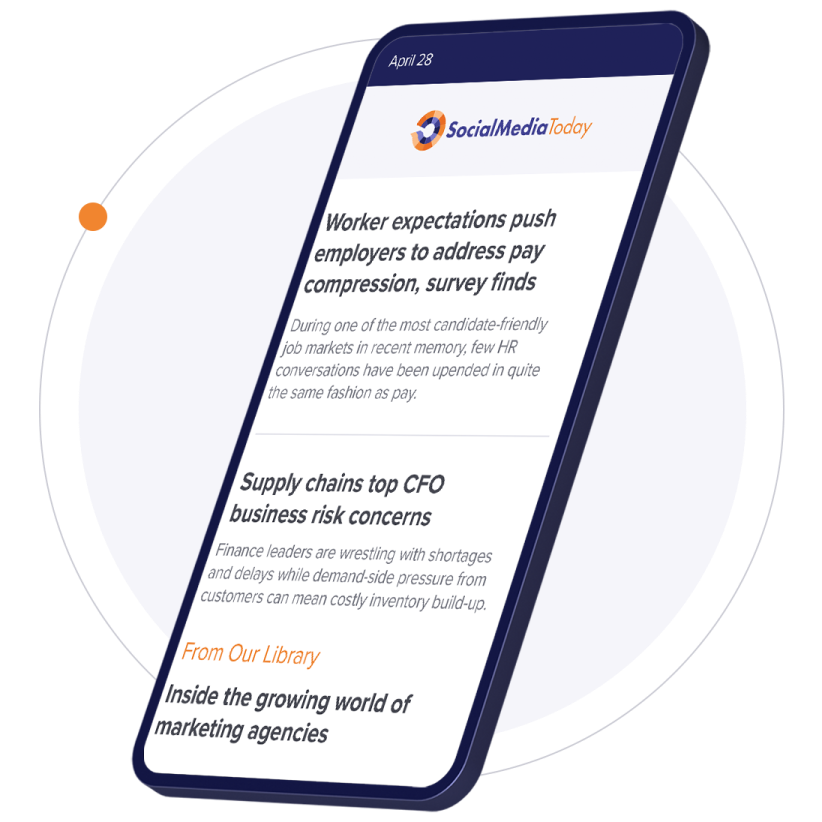What happens when you better understand your customers is that you can better serve them by anticipating their wants and needs. And the best part? As we correctly anticipate the consumers' wants and needs, and fill them, a trust is developed, which leads to the consumer lowering their defenses and letting us interact with them on a deeper level. This leads to a greater understanding of their needs, which means we can more quickly and effectively meet these needs, and thus the cycle is created.
Understanding your customers is general is obviously incredibly important, but you should also understand how your customers are using social media. This is something that often is overlooked when we advise companies on how to get started with social media. We teach them of the value of monitoring social media, of tracking company and industry mentions. Of knowing what's being said and where it is being said.
But that's only half the battle. The 'why' gives meaning to the numbers. What social tools are your customers using? Why are they using them? What information are they looking for, and how do they want it to be delivered to them?
The numbers alone don't tell the whole story. For example, last year a couple of studies came out that challenged Twitter's popularity. The studies claimed that people were flocking to Twitter, but then they stopped using the service after a few months. But the studies were looking at how Twitter users used the Twitter WEBSITE. Many Twitter users move on to a Twitter client such as Tweetdeck or Seesmic after becoming comfortable with the service. So the numbers suggested that people were leaving Twitter, when in fact they may have simply been leaving the Twitter website, for a Twitter desktop client.
You should definitely monitor social media, but ultimately, you should strive to understand the people, not the numbers. If you can reach the point where you understand how and why your customers are using social media, then you can begin to use social media to connect with them on terms that they are comfortable with. And when their comfort level increases, then your customers will more freely connect with you, and this helps you better understand them. And when you better understand them, you can better meet their wants and needs, which in turn will prompt them to more easily understand you. And thus a cycle is created and eventually the understanding on both sides reaches a point where trust enters into the equation.
But it all starts with focusing on the people, not the numbers. Be aware of the numbers, but understand the people behind them.
Link to original post







